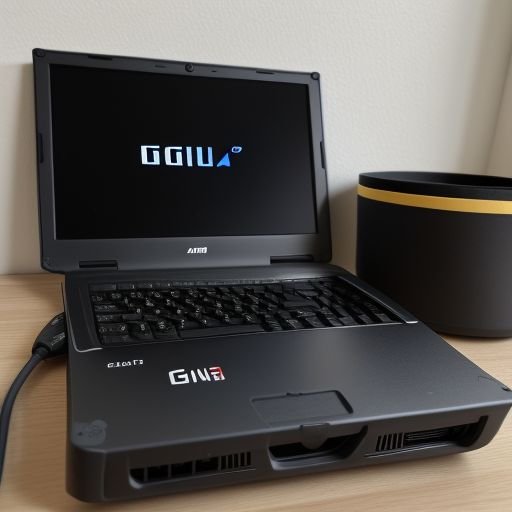When I first started running Yuzu on my Android, it was a wild ride. I had high hopes of playing my favorite Nintendo Switch games without any issues, but I quickly learned that the experience wasn’t as smooth as I had hoped. The major roadblock? GPU drivers. There’s a lot to choose from, but finding the best one felt like a hit-or-miss process. So here’s how I navigated through the chaos and found what worked best for me.
The Driver Dilemma: My First Encounter
The first time I booted up Yuzu, I was excited, but that excitement didn’t last long. The game stuttered, froze, and even crashed at times. I immediately knew the issue was tied to my GPU driver because, well, I’ve learned the hard way over the years—if your games aren’t running smoothly, it’s often down to the driver. I was using the default driver on my phone (I believe it was the Adreno driver that came pre-installed on my Snapdragon chipset). It worked okay, but “okay” wasn’t cutting it for me.
So I dove headfirst into experimenting with different GPU drivers. Let me tell you, it took a bit of trial and error. Every time I installed a new driver, I’d be nervous about whether it would make things better or worse.
Adreno Drivers: A Mixed Bag
I started with the updated Adreno drivers because my device had a Snapdragon chipset. I figured, why not stick with what’s officially supported? I downloaded the latest version from Qualcomm’s site. The first thing I noticed was a slight improvement. Frame rates were better, and I wasn’t getting as many crashes. But there was still some occasional stuttering, which kept pulling me out of the immersion.
At one point, I switched back to an older version of the Adreno driver. Weirdly enough, it made things run smoother for a short time. But then, just when I thought I found a fix, I hit a wall with performance drops again. It was clear that finding the perfect Adreno driver version was like walking a tightrope.
Turned to Custom Drivers
That’s when I stumbled across custom GPU drivers. Honestly, I was a bit hesitant at first—installing custom drivers can be a little intimidating. But I figured I had nothing to lose. I found this driver called “Turnip,” which had been recommended in some Yuzu forums. It’s a custom driver for Adreno GPUs, and I decided to give it a shot.
The first game I tested was “The Legend of Zelda: Breath of the Wild.” At first, things looked promising. The stuttering was significantly reduced, and the graphics rendered more smoothly. However, there was a catch: certain textures were missing or glitched out. In “Super Mario Odyssey,” for example, Mario’s hat kept disappearing, which was amusing but also distracting.
Going Back to Stability
At this point, I realized I had to weigh stability over performance. I went back to the official Adreno drivers, but I found a sweet spot by rolling back to a specific older version (Adreno 615, version 496). This version had a near-perfect balance for me—decent performance with fewer glitches. Sure, it wasn’t flawless, but I felt more comfortable knowing I had a stable driver that could get me through longer gaming sessions without constant hiccups.
I learned that sometimes the latest isn’t always the greatest when it comes to drivers. Going for a slightly older but proven driver gave me that stable experience I was craving.
What Finally Worked
What ultimately worked best for me was settling on a combination of slightly older Adreno drivers with a tweak or two in the Yuzu settings. Specifically, turning off things like asynchronous GPU emulation helped reduce crashes, and enabling “use disk shader cache” smoothed out gameplay even further. These little tweaks, paired with the right driver, made all the difference.
It wasn’t a one-size-fits-all solution, and what worked for me might not work for everyone. But if I had to do it all over again, I’d say—start with official drivers, experiment with custom ones, and don’t shy away from trying older versions if the newer ones aren’t cutting it. After all, sometimes the best driver is the one that just gets the job done, even if it’s not the newest kid on the block.


